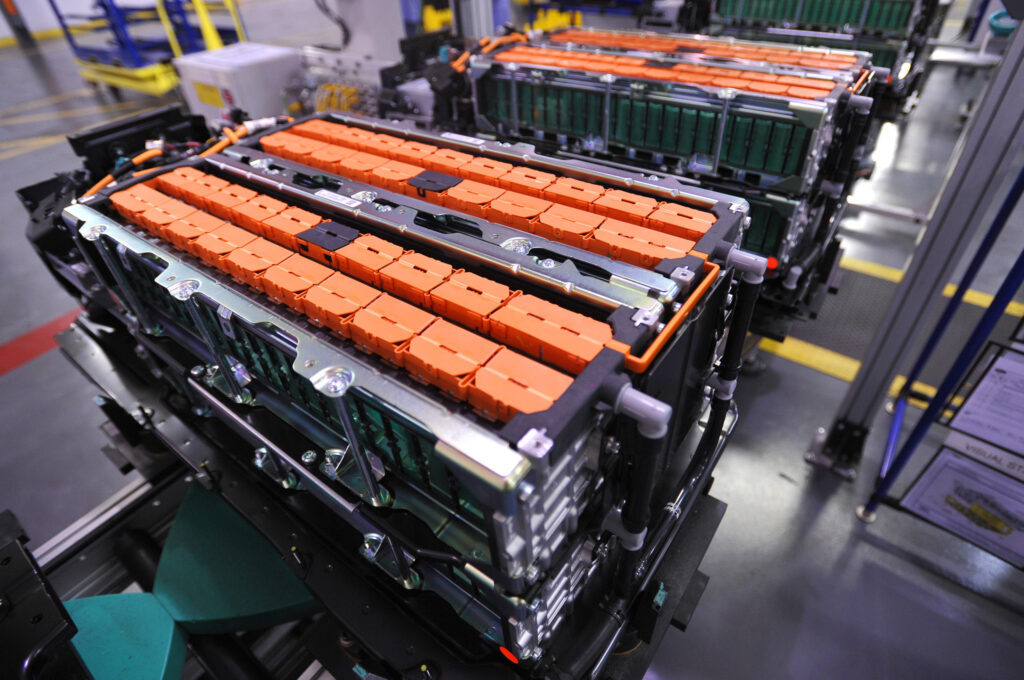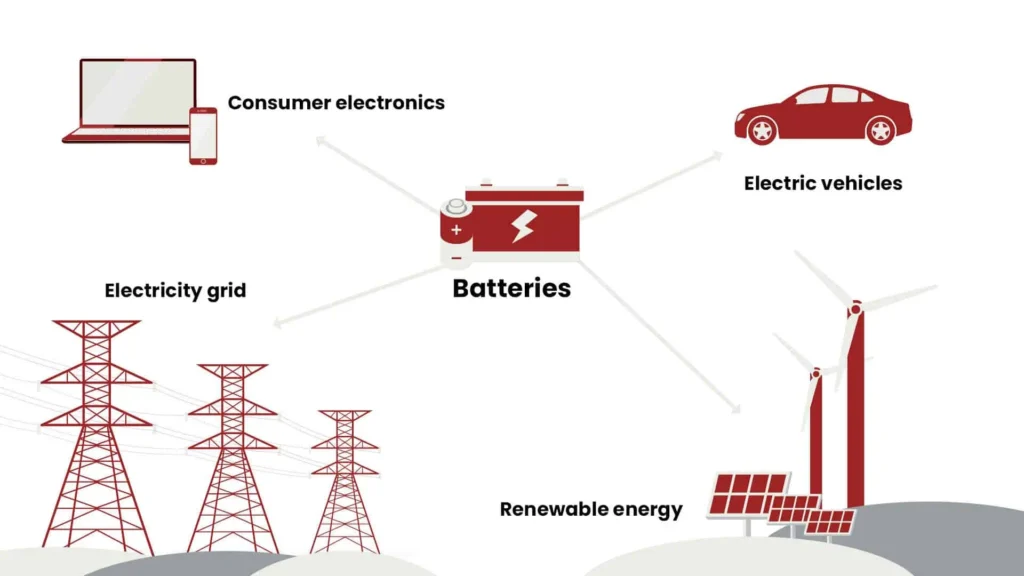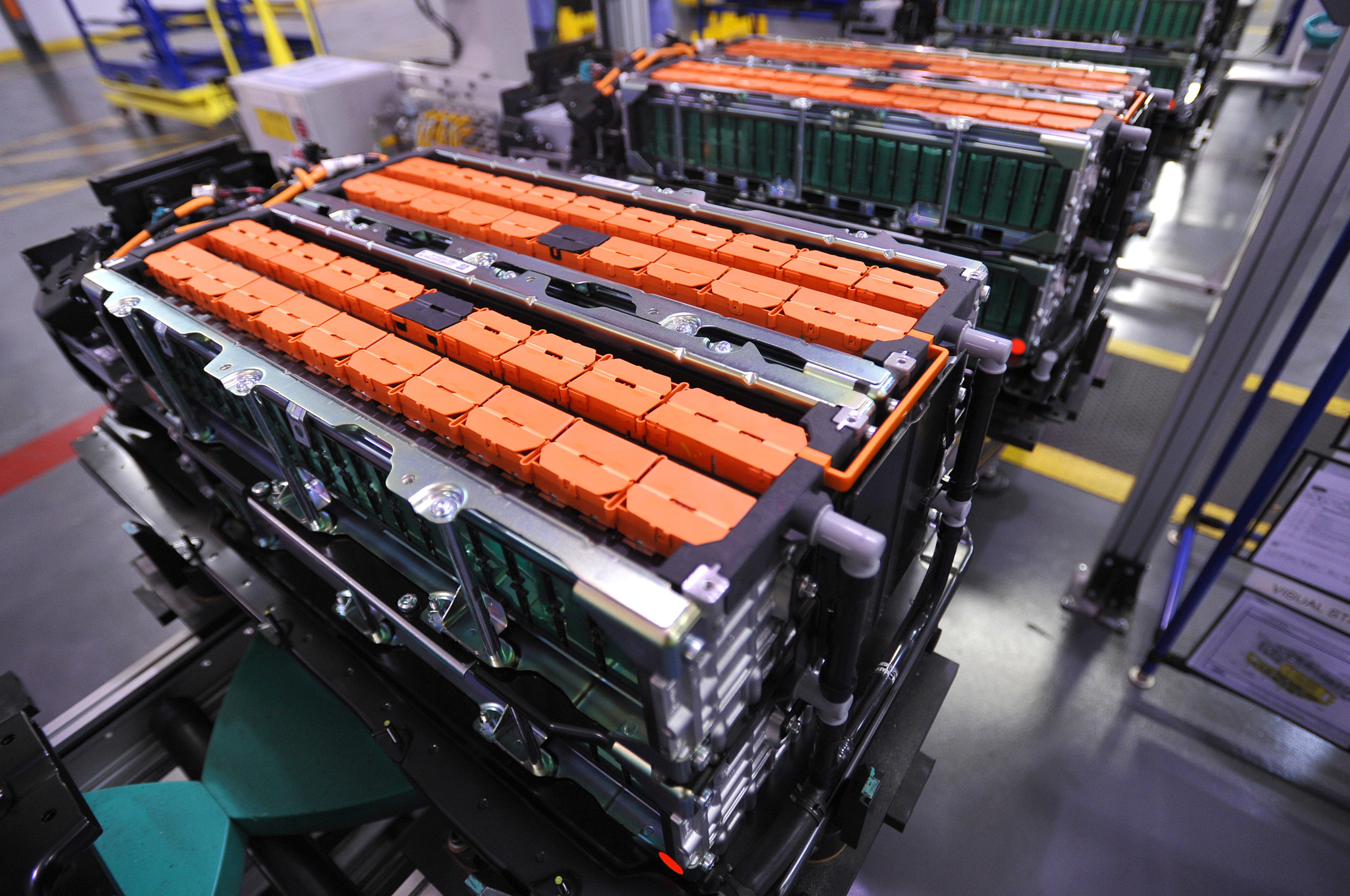Introduction
Lithium-ion batteries have become indispensable in today’s technology-driven world, powering everything from smartphones to electric vehicles (EVs). Their significance continues to grow as industries and consumers alike seek efficient and sustainable energy storage solutions. This article explores the current state of lithium-ion battery technology, market trends, and future advancements, providing a comprehensive overview of this dynamic field.
Market Growth and Projections
The global lithium-ion battery market is experiencing remarkable growth. In 2023, the market was valued at approximately USD 54.4 billion and is projected to reach USD 182.5 billion by 2030, reflecting a compound annual growth rate (CAGR) of 20.3% (Grand View Research). This surge is primarily driven by the increasing demand for electric vehicles and the widespread adoption of portable electronic devices.

A report by McKinsey & Company forecasts that lithium-ion battery demand will grow by about 33% annually, reaching approximately 4.7 terawatt-hours (TWh) by 2030 (McKinsey & Company). This anticipated growth underscores the pivotal role of lithium-ion batteries in the global transition towards cleaner energy sources.
Technological Advancements
Advancements in lithium-ion battery technology are continually enhancing performance metrics such as energy density, charging speed, and lifespan. Notably, the development of solid-state lithium-ion batteries, which replace liquid electrolytes with solid alternatives, offers increased energy density and improved safety. These innovations are particularly beneficial for electric vehicles and portable electronics, potentially reducing charging times significantly (FirstIgnite).
Moreover, new cathode, anode, and electrolyte technologies are set to deliver the next generation of batteries, further enhancing energy storage capabilities (BloombergNEF). These developments are crucial in meeting the growing energy demands of various applications, from consumer electronics to grid-scale storage systems.
Applications and Industry Adoption

Lithium-ion batteries are integral to numerous applications, including consumer electronics, electric vehicles, and renewable energy storage systems. The automotive industry, in particular, is a significant driver of market growth. The global push towards electric mobility has led to substantial investments in lithium-ion battery production and technology. For instance, Saudi Aramco is expanding its investments in lithium production, collaborating with the state mining company Ma’aden to commence commercial production by 2027. This initiative aligns with Saudi Arabia’s strategy to diversify its economy and become a leading mining hub (Financial Times).
The renewable energy sector is another significant beneficiary of lithium-ion technology. With the increasing deployment of solar and wind power systems, lithium-ion batteries are essential for storing excess energy and providing reliable backup power during peak demand periods. This capability is particularly critical for maintaining grid stability in regions with high renewable energy penetration.
Challenges and Considerations
Despite the positive outlook, the lithium-ion battery industry faces several challenges. Supply chain constraints, particularly concerning the availability of raw materials like lithium, cobalt, and nickel, pose significant hurdles. Geopolitical factors and environmental concerns related to mining practices further complicate the supply landscape. Additionally, safety issues, such as the risk of thermal runaway leading to fires or explosions, necessitate ongoing research and development to enhance battery safety features.
Environmental sustainability is another pressing concern. While lithium-ion batteries enable cleaner energy systems, their production and disposal have significant environmental impacts. Recycling technologies are thus gaining prominence, with innovative methods being developed to recover valuable materials and reduce waste. Companies like Redwood Materials are leading the way in creating closed-loop systems for lithium-ion batteries, aiming to minimize environmental damage and ensure a sustainable supply of critical materials (Redwood Materials).
Future Outlook
The future of lithium-ion batteries is promising, with continuous advancements aimed at improving performance, safety, and sustainability. Research into alternative materials, such as silicon anodes and solid-state electrolytes, holds the potential to revolutionize battery technology. Furthermore, emerging innovations in manufacturing processes, such as 3D printing of battery components, could significantly reduce production costs and enhance scalability.
The global shift towards a circular economy is also shaping the future of lithium-ion batteries. Recycling and reuse initiatives are gaining traction, supported by government policies and industry collaborations. The European Union, for example, has introduced regulations requiring battery manufacturers to meet stringent recycling efficiency targets by 2030 (European Commission).
In the transportation sector, lithium-ion batteries are expected to play a pivotal role in achieving net-zero emissions. Electric vehicles powered by advanced lithium-ion batteries will continue to replace internal combustion engine vehicles, reducing greenhouse gas emissions and dependence on fossil fuels. Additionally, the integration of vehicle-to-grid (V2G) technology will enable EVs to contribute to grid stability, further enhancing the value of lithium-ion batteries.
Conclusion
Lithium-ion batteries are at the forefront of the global shift towards sustainable energy solutions. With robust market growth, technological innovations, and expanding applications across various industries, they are poised to remain a cornerstone of modern energy storage systems. As the world continues to prioritize clean energy and technological advancement, the role of lithium-ion batteries will undoubtedly become even more significant. By addressing challenges and leveraging opportunities, the industry can pave the way for a cleaner, more sustainable future.
Feel free to explore other technological breakthroughs and innovation subjects to keep you updated with todays fast paced reality.

